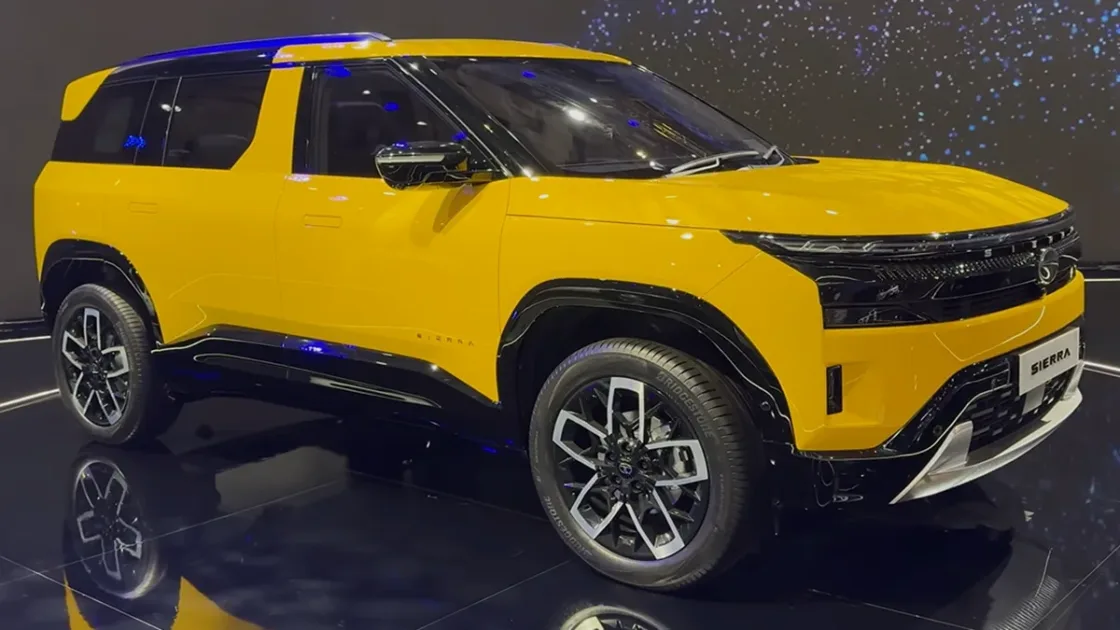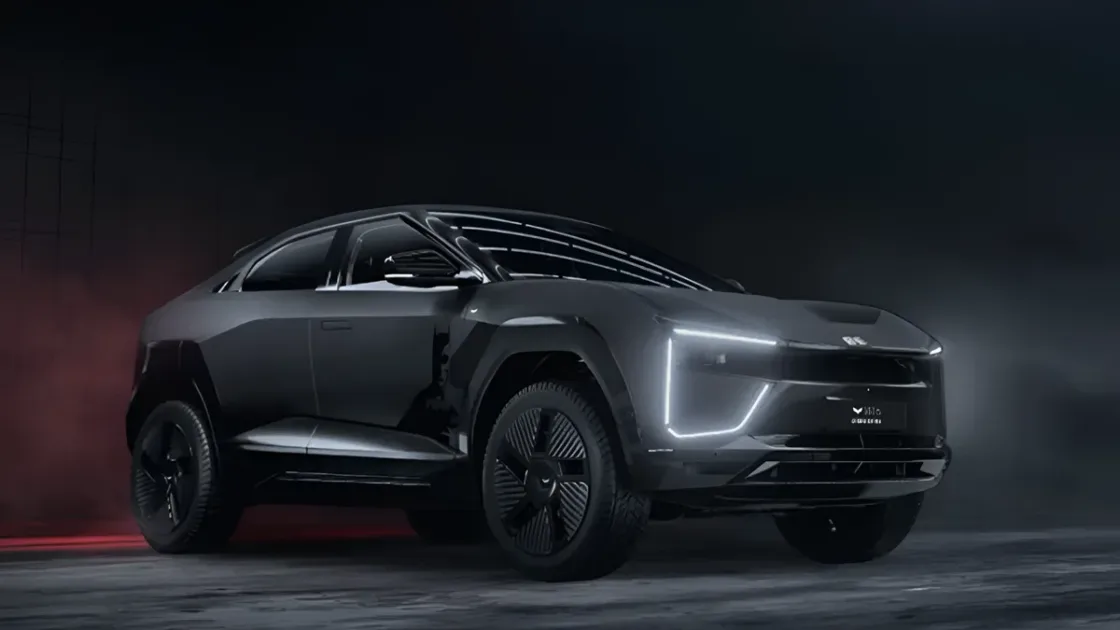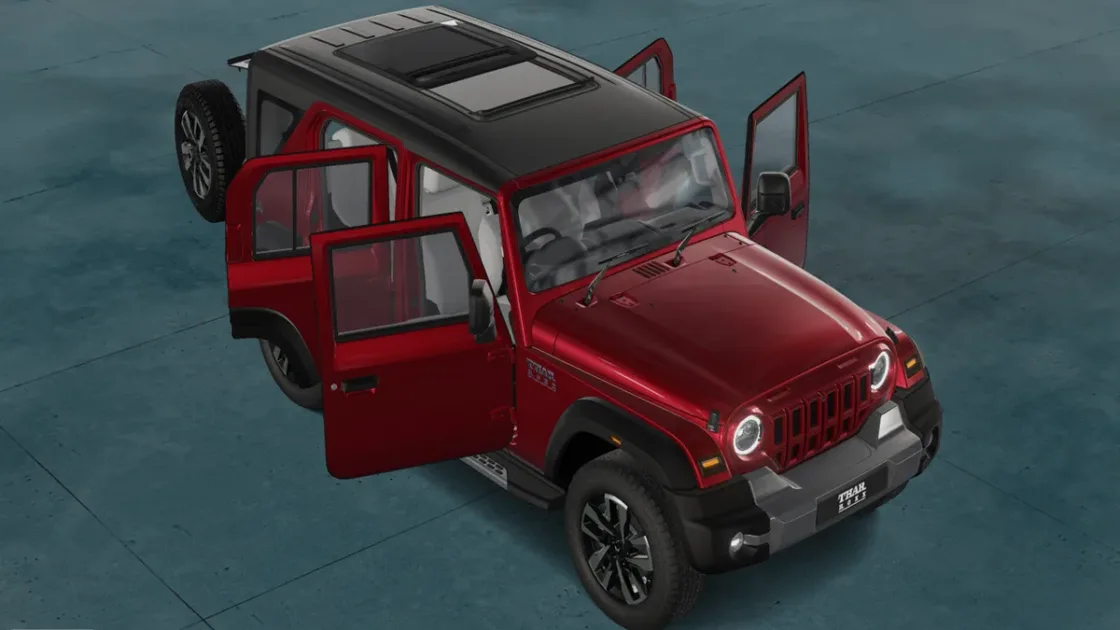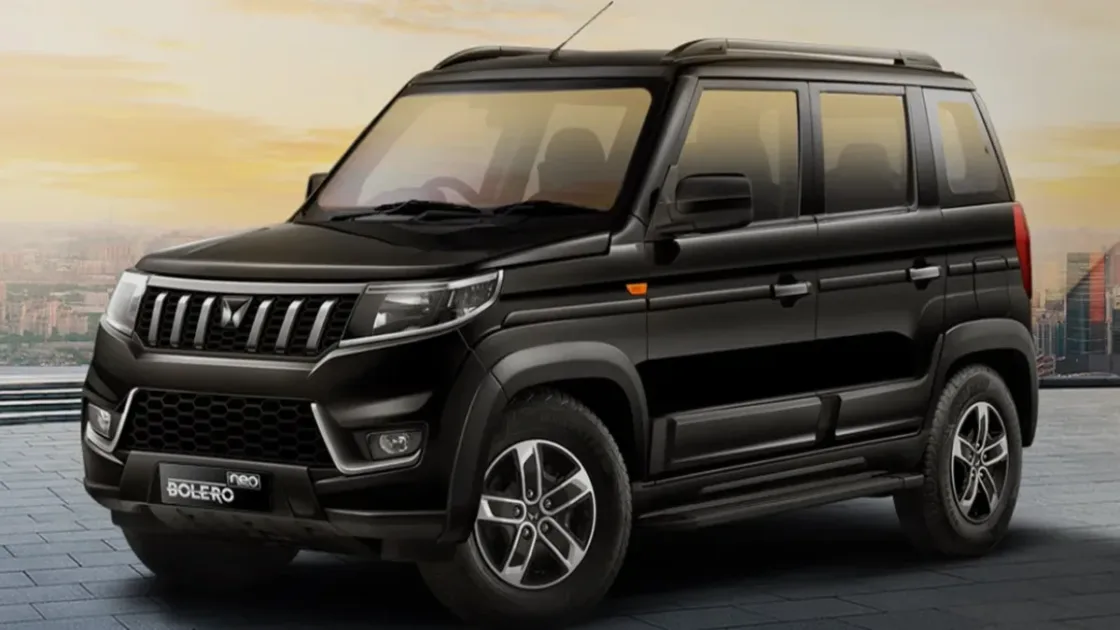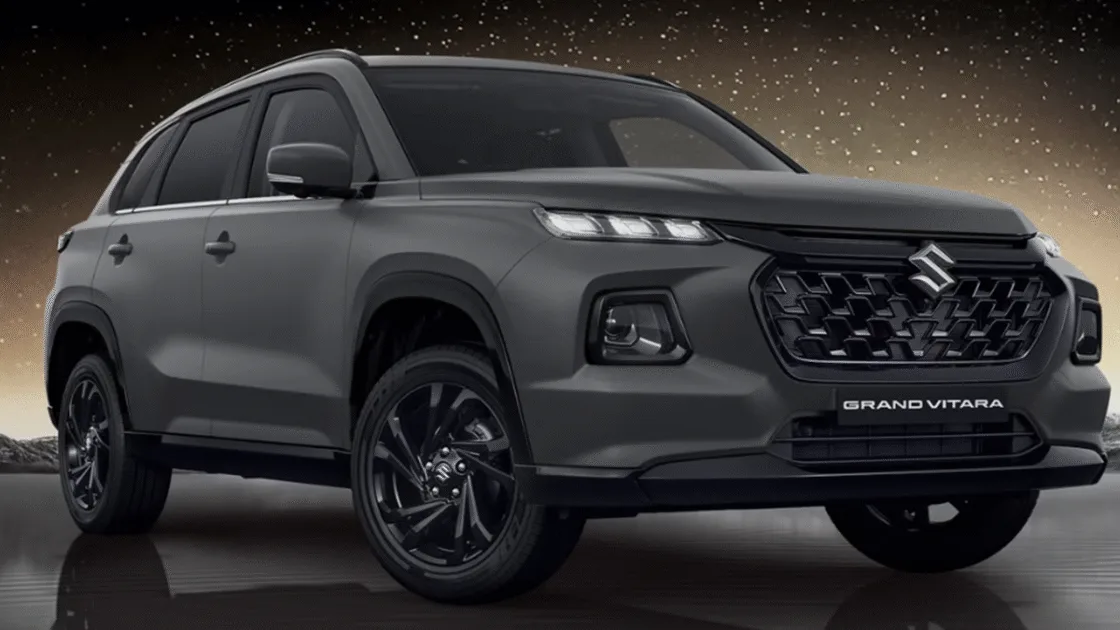Although it has been observed undergoing road testing in India, the Renault Kwid EV’s specifications have not yet been made public.
Renault Kwid EV Launch Soon in India: The basic base of the Renault Kwid petrol offered in India and the Dacia Spring EV marketed in Europe is the same. According to recent spy photos, Renault may soon launch the electric variant of the Kwid in India. The Dacia Spring EV and Kwid EV test mules seem to be very similar. The Dacia Spring EV has undergone several upgrades, including stronger motors and quicker charging, as we await the release of the Kwid EV. Let’s examine the specifics.
Key Details
| Aspect | Details |
| Model | Renault Kwid EV (based on Dacia Spring EV) |
| Motor Options | 70 hp and 100 hp (upgraded from 45 hp and 65 hp) |
| Battery Type | 24.3 kWh LFP (previously 26.8 kWh lithium-ion) |
| Charging (DC) | 20–80% in 29 minutes |
| Charging (AC 7 kW) | 3 hours 20 minutes |
| Range | 225 km |
| Acceleration (80–120 km/h) | 10.3s (70 hp), 6.9s (100 hp) |
| Additional Features | Anti-roll bar, improved suspension |
| Expected India Rivals | Tata Tiago EV, MG Comet EV |
| Expected Price (India) | Below Rs 17 lakh (estimated) |
Also Read:- Renault Kwid EV Caught Testing In India Revealing Exterior & Interior
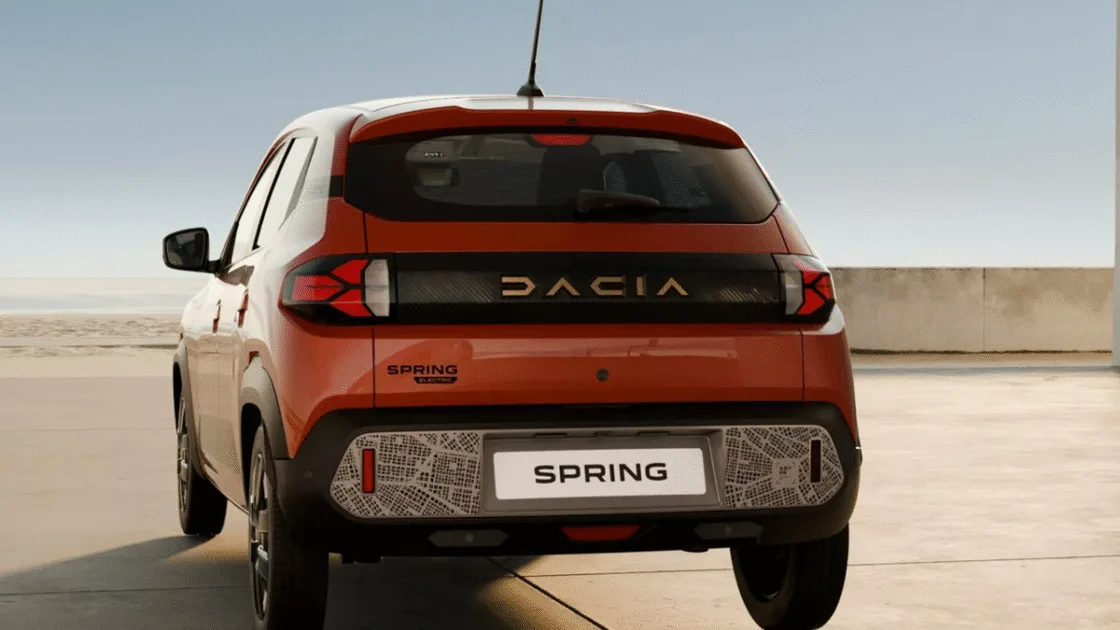
Pricing Expectations
Dacia has not yet disclosed the revised Spring EV’s pricing. There won’t likely be any significant surprises, though. In the UK, the base price of the outgoing Dacia Spring EV model was £14,995 (Rs 17.86 lakh). The Renault Kwid EV is anticipated to be more reasonably priced in India. The Renault Kwid EV will compete with the Tata Tiago EV and MG Comet EV if it is introduced here.
Acceleration Performance Improvements
The Spring EV is comparatively slow when compared to other contemporary electric vehicles, according to acceleration data. Reaching 0 to 100 km/h takes 19.1 seconds for the 45-hp variant and 13.7 seconds for the 65-hp variant. Faster acceleration is expected with the more potent 70 hp and 100 hp motors. Although the new motors’ 0 to 100 km/h speeds have not yet been disclosed, some in-gear acceleration data clearly demonstrate an improvement.
More Powerful Motor Options
The more potent 70 hp and 100 hp motors, which take the place of the previous 45 hp and 65 hp motors, respectively, are one of the main upgrades. Users’ complaints about the Dacia Spring EV’s poor acceleration are probably the basis for this update. The Dacia Spring EV doesn’t appear to meet the speed threshold for electric vehicles. The whole user experience may have suffered due to the Spring EV’s inadequate power, even if it is one of the most reasonably priced electric vehicles in Europe.
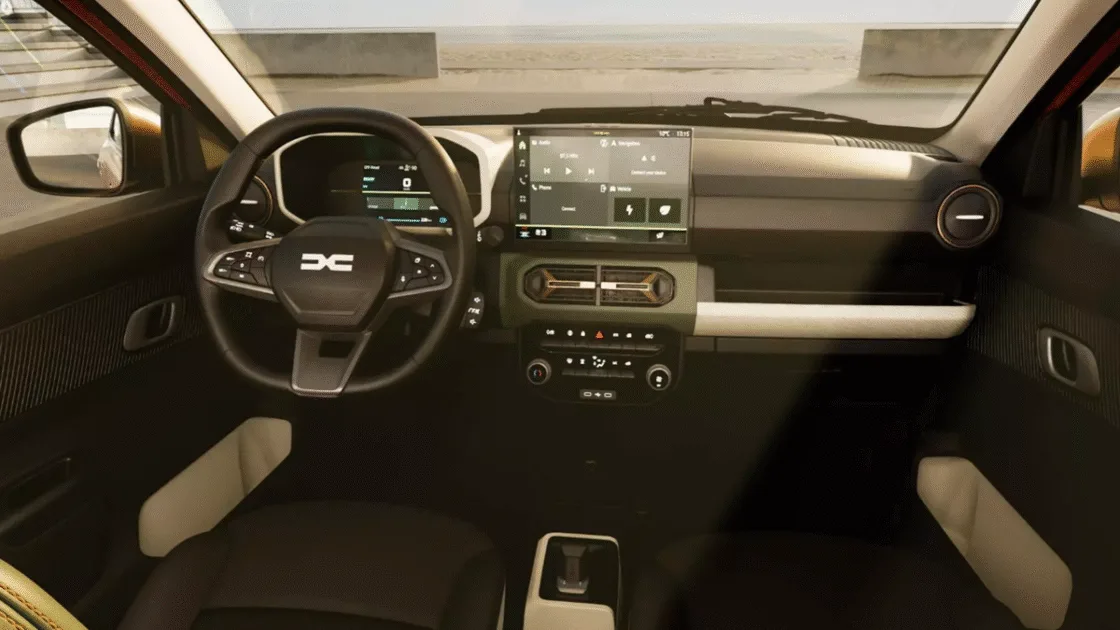
Enhanced Mid-Range Acceleration
Variants with a 45-hp motor accelerated from 80 to 120 km/h in 26.2 seconds. The new 70-hp motor, in contrast, can do that task in 10.3 seconds. With only 6.9 seconds needed, the 100-horsepower version is even quicker. It took 14 seconds for the previous 65-horsepower motor. The Dacia Spring EV can perform better overall on both city streets and highways thanks to its more potent motors.
Added Anti-Roll Bar for Better Stability
An additional modification is an anti-roll bar, which was first seen on the Dacia Spring EV. It is available in all variations as standard. The EV’s cornering stability has been improved by the anti-roll bar and suspension system adjustments.
New LFP Battery and Charging Upgrades
A new 24.3 kWh lithium iron phosphate (LFP) battery is another update for the Dacia Spring EV. Conventional lithium-ion chemistry served as the foundation for the previous 26.8 kWh battery pack. LFP battery packs are renowned for being longer-lasting, safer, and more reasonably priced. Because the new battery allows a 40 kW charge, users can benefit from faster charging times.
Also Read:- Renault Kwid 10th Anniversary Edition Launched in India with Limited 500 Units
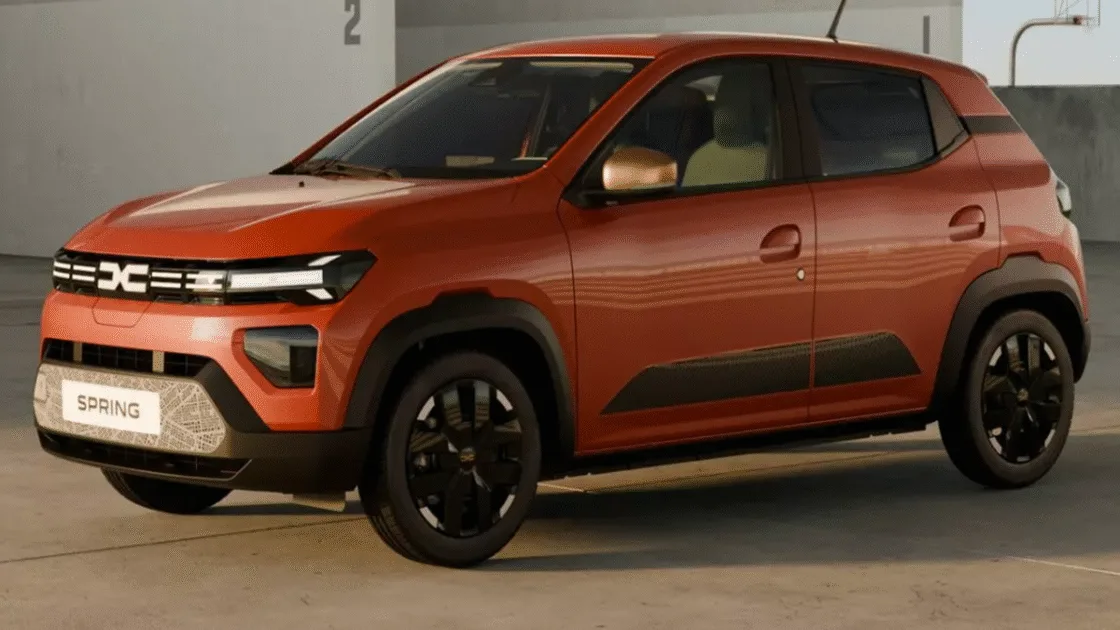
Faster Charging and Range Details
This is a 10-kW improvement over the previous battery pack. With the upgraded battery pack, 20–80% may be reached in 29 minutes when using a DC charger. It takes three hours and twenty minutes to charge a 7-kW wall box charger. At 225 kilometres, the range is unaltered, nonetheless.



